There we go. Forget about living on a flat world or a sphere globe. We all live on a huge crocodile swimming in the water. At least that is what the ancient Mayas believed in. But think about it, the idea is not that absurd. I went to Takalik Abaj two weeks ago. It is a Maya ruin near the Pacific coast in Guatemala. Actually Olmecs and Mayas lived together at this place. So, both left their traces at this site, leaving an impressive wealth of sculptured monuments. But I wanted to talk about the crocodile.
The tour guide told me the following story: The ancient Mayan perceived the world to be a huge crocodile. Why? Because crocodiles are surrounded by water, same as their continent. At least for the Maya at that time there was ocean everywhere they traveled to. The Caribbean sea in the east, the pacific in the west. So, water as far as the eye could reach. The Mayans also had a good explanation for the earthquakes. The crocodile scales or scutes can be compared to the tectonic plates and also represent the mountains. So, when the crocodile moved too much an earthquake happened. It is a simple but reasonable world-view I guess.
The ancient Maya were already very aware of the earthquakes. They knew exactly which area has a high earthquake risk and which not. That is one of the reasons why the temples and buildings in Takalik Abaj are constructed much lower than for example the ones in Tikal. The Mayans knew that Takalik Abaj is situated in a risky area and low-build buildings will not collapse that easily. But there is another reason why Tikal has such high-rise, skyscraper-like temples and Takalik Abaj does not.
For the Mayans volcanoes are sacred and temples also represent volcanoes. In the area of Peten there are no natural volcanoes, so the temples in Tikal represent some kind of artificial volcanoes. In contrast, in the area of Retalhuleu, where Takalik Abaj is situated, there are a lot of natural volcanoes. So there was no need that the temples represent volcanoes and thus no need for high-rise buildings.
 |
| Women at the Lago Atitlan wearing traditional, bright blue Huipiles |
Last weekend I went to Lago Atitlan, a beautiful, also mysterious lake situated in the Sololá district. The lake is surrounded by three volcanoes and the near villages still carry some of the Maya spirit. Villagers still talk the many different Maya languages, traditional backstrap loom weaving is remains common and the Maximón figure is yet worshiped. The origin of the Maximón cult is not very clear, but Maximón is believed to be a Maya god with catholic influences. The Maximón figure changes houses every year, always hosted by a different Maya family.
Finding the Maximón figure in Santiago Atitlan is not that difficult as it seems. Villagers are proud of their cult and happy to show it to outsiders. But do not forget to bring a present to Maximón. He loves cigars or cigarettes, Venado rum and of course cash. Usually he get just the cheap Quetzalteca rum, so that is also fine. I guess he won’t notice the difference anyways because of the amount of alcohol he drinks every day. Basically, Maximón is a drunk, constantly smoking, wooden figure wearing tons of scarves and having a lot of money. So, definitely worth a visit. And yes, you should go there before he dies of lung cancer or drops dead of alcohol intoxication.
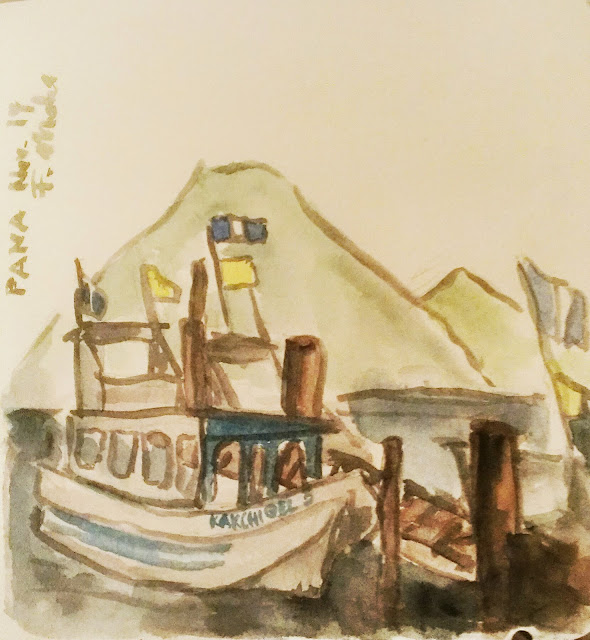 |
| Pier in Panajachel at Lago Atitlan with one of the volcanoes in the background |

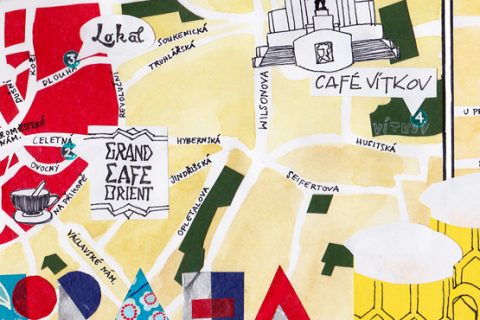
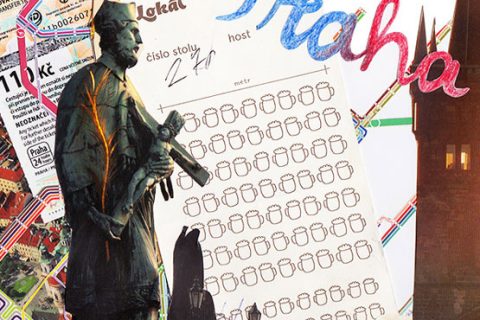
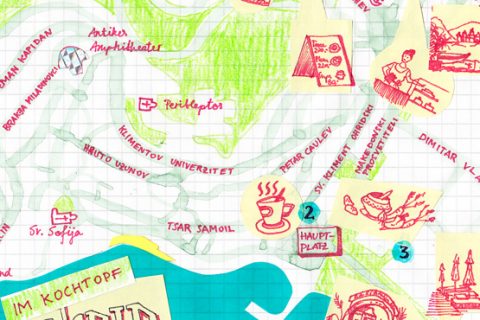
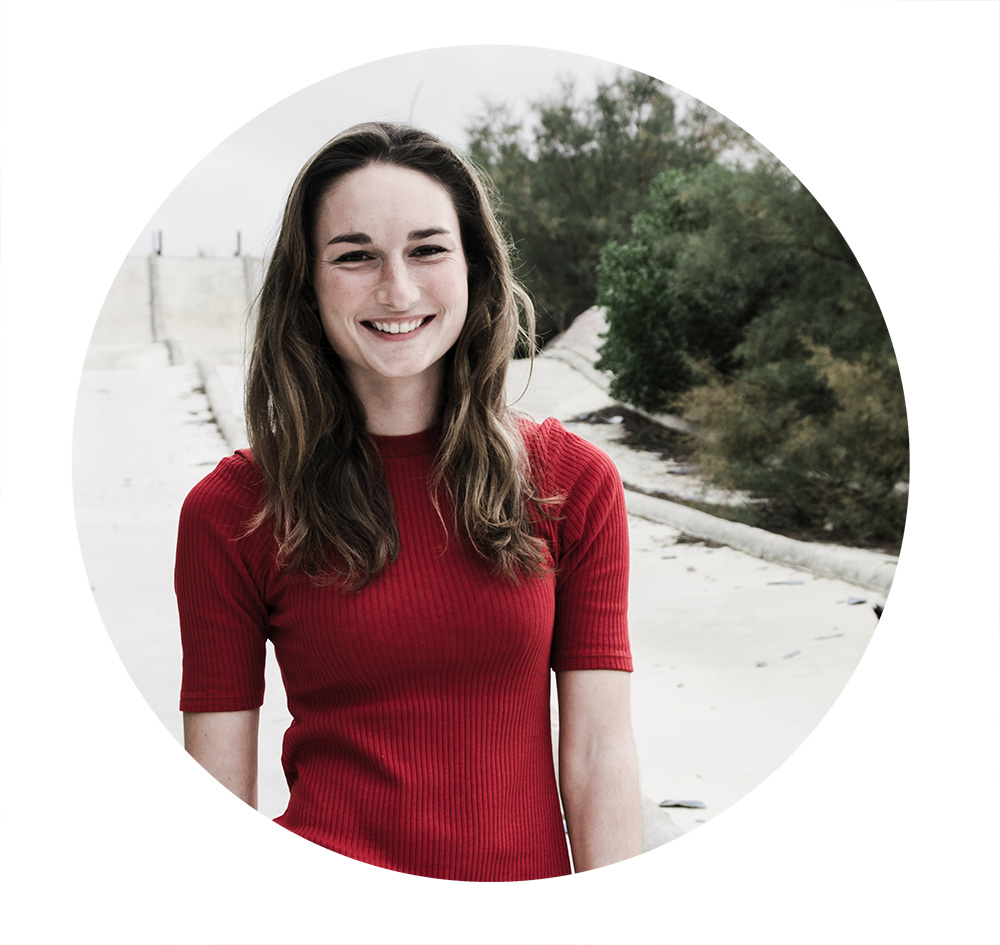 Ich schreibe und ich reise. Mal bin ich ganz weit weg, mal erkunde ich meine Stadt oder nur meinen Block, manchmal reise ich durch mein Zimmer. Dazu gibt es meistens Zeichnungen aus meinem Sketchbook. Auch mal Fotos. Und vielleicht bringe ich von der ein oder anderen Reise auch ein leckeres Rezept mit. Hier findest du all meine Erinnerungen. Schön, dass du vorbei schaust!
Ich schreibe und ich reise. Mal bin ich ganz weit weg, mal erkunde ich meine Stadt oder nur meinen Block, manchmal reise ich durch mein Zimmer. Dazu gibt es meistens Zeichnungen aus meinem Sketchbook. Auch mal Fotos. Und vielleicht bringe ich von der ein oder anderen Reise auch ein leckeres Rezept mit. Hier findest du all meine Erinnerungen. Schön, dass du vorbei schaust!